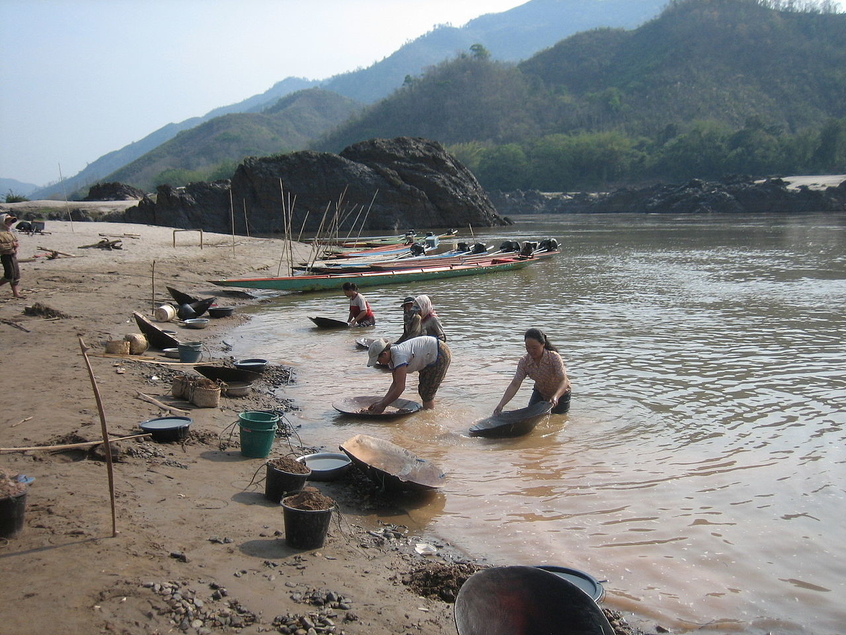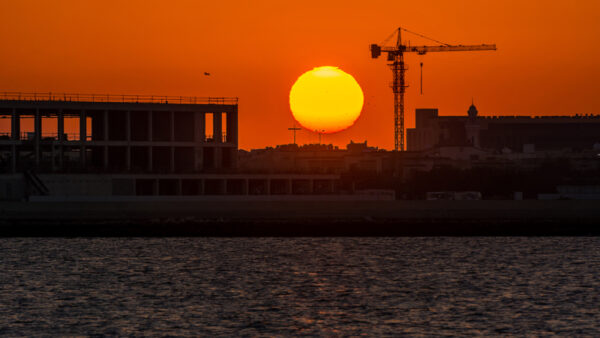The mania for big hydropower dams in the developing world is threatening people, food security, the environment, and state finances in the world’s biggest river basins, a team of American researchers has warned.
Countries in the Amazon, Mekong and Congo river basins should pause in their rush to build huge dams, and learn from the US, where 60 dams a year are being dismantled as high, unexpected maintenance costs collide with mounting failure risks.
“Large dams seem to be everything that one should not try to build if one cares about sustainability,” the multidisciplinary team from Michigan State University urge in their paper published in the current issue of Proceedings of the National Academy of Sciences.
The paper gathers together evidence that big dams disrupt river ecology and cause deforestation, damaging aquatic and terrestrial biodiversity and releasing greenhouse gases as flooded areas rot. They also displace thousands of people and destroy food sources and livelihoods, the paper says.
Of particular note is the Mekong Basin, which researchers say has become “the world’s top investment region for large hydropower dams, mostly from China”.
Seventy-two new projects are planned in Laos, 10 are planned in Sarawak Malaysia, and more than 50 are planned in Cambodia. In the main Mekong River itself, 11 hydropower dams are now under construction, affecting 60 million people who live off river fisheries, researchers said.
Across the developing world, an estimated 3,700 are planned or under construction.
To halt the destruction, the Michigan team said social and environmental impact assessments must “have real teeth”, and be able to stop a dam being built. Now, consultants hired by dam builders “routinely” inflate benefits and minimise costs, and do not make their data public until long after the dam is built.

Villagers near the Xayaburi Mainstream Mekong Dam, northern Laos, in 2011 (Prince Roy/Creative Commons/CC BY 2.0)
Governments should explore less damaging alternative renewable power sources such as solar and wind, and less intrusive hydropower technologies such as “instream turbines” systems where, instead of damming a river, turbines of various designs can be dipped into faster flowing water, supported by lighter infrastructure. This can be less disruptive of natural sediment and wildlife flows, researchers said.
The hydropower industry dangles the purported benefits of big dams in front of governments who are keen to develop, but such schemes regularly go far over budget and rarely produce the expected return on investment, they said, citing a 2014 study of 245 hydropower projects.
Governments should learn from what is happening in America, where dams built in the heyday of hydropower (1930-50) are now past their 50-year lifespan, and are facing material degradation and higher-than-expected rates of sedimentation, leading to disruptive failures and failure scares, such as at California’s Oroville Dam in February last year, when 180,000 people were ordered to run for their lives.
With the cost of repairing even small dams up to three times higher than the cost of removing them, local authorities are dismantling more than 60 dams a year in the US, researchers noted, asking: “If the costs of dam removal were considered in a dam’s costs, would their construction be justified?”
They add that insufficient attention is given to the performance of dams in extreme weather events sparked by climate change.
That risk may have been illustrated by the catastrophic collapse in heavy rains and flooding of the nearly-finished, 410MW Xepian-Xe Nam Noy dam on the Mekong River in Laos in July.
“The hydropower industry needs sustainability evaluation measures that can stand public and independent scientific scrutiny,” researchers said. “Many of these have been proposed but are rarely implemented.”
They added: “Too frequently, energy and water planning is secretively guarded by governments (sometimes in collusion with dam builders), is closed to the participation of civil society, and does not follow the [World Commission on Dams] guidelines.”
Top image: The SÆ¡n La Dam on the Black River in Vietnam, completed in 2012. ([Tycho], http://shansov.net/Creative Commons/CC BY-SA 3.0)
See also:
Comments
Comments are closed.







This is a well known fact so why are they allowed to be built